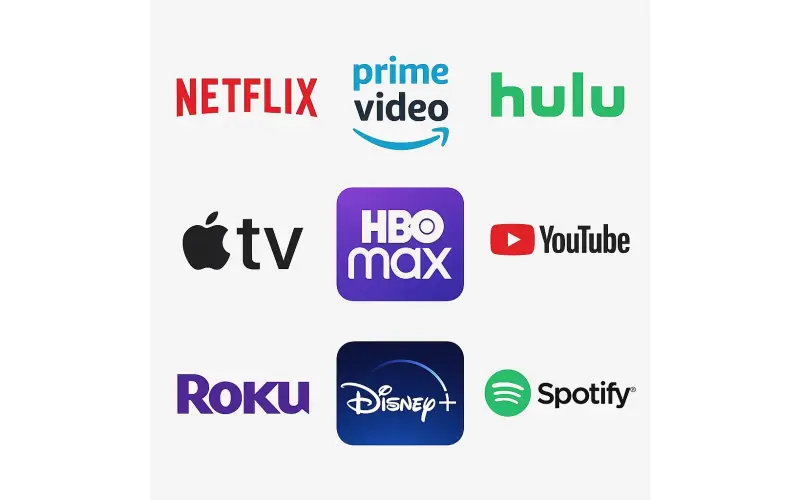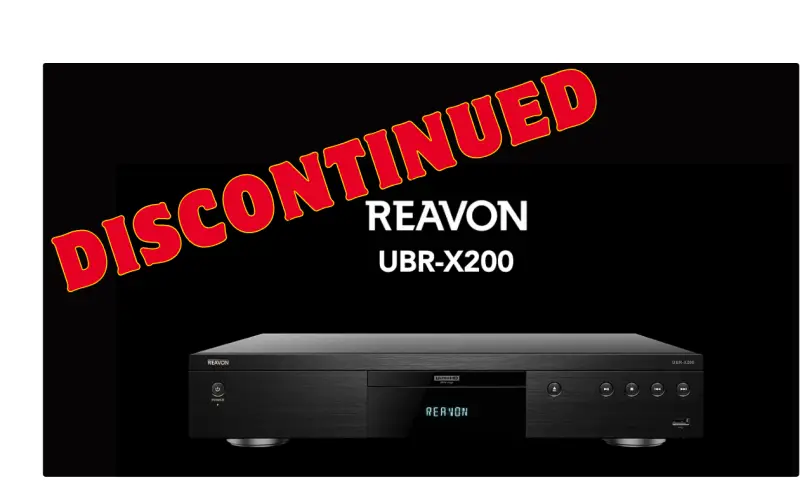By: Dipin Sehdev
A major consumer protection measure aimed at simplifying subscription cancellations has just been struck down, potentially paving the way for more convoluted and frustrating cancellation processes across the streaming industry. The "Click to Cancel" rule, introduced by the Federal Trade Commission (FTC), was scheduled to take effect on July 14, 2025. It would have forced companies to make canceling a subscription as seamless and straightforward as signing up. But in a significant blow to the initiative, the U.S. Court of Appeals for the Eighth Circuit invalidated the rule, citing procedural missteps by the FTC.
The court’s decision leaves streaming giants like Netflix, Amazon Prime Video, Disney+, Hulu, Max, and others free to maintain—or even complicate—their cancellation processes. For millions of users frustrated by dark pattern design and sneaky auto-renewals, the ruling is a clear step backward.
What Was the "Click to Cancel" Rule?
The FTC's proposed rule was part of a broader effort to curb deceptive subscription practices. Under the rule:
-
Businesses would be required to make cancellation mechanisms as simple as the sign-up process.
-
Consumers would have to explicitly consent before a free trial converts to a paid subscription.
-
Platforms would be required to clearly disclose when promotional rates end.
The rule targeted a widespread industry tactic: making cancellation deliberately difficult in order to retain customers. Amazon was a high-profile target of this crackdown. In 2023, the FTC sued the retail and tech giant for employing a convoluted, multi-step cancellation process for Prime memberships, which sometimes spanned four pages, six clicks, and 15 options. The FTC alleged Amazon exploited user confusion and inertia to retain subscriptions longer than desired.
Netflix, by contrast, stated publicly that "members can cancel their membership at any time," but even that transparency might not reflect the full reality of how cancellations are handled across platforms.
Why Was the Rule Blocked?
The appeals court ruled that the FTC failed to follow required procedures in implementing the rule. Specifically, it found that the agency had not conducted a mandatory economic impact analysis. The FTC claimed an exemption for rules projected to have less than $100 million in economic impact, but the court disagreed.
"While we certainly do not endorse the use of unfair and deceptive practices," the court wrote, "the procedural deficiencies of the Commission’s rulemaking process are fatal here."
The ruling emphasized that the lack of proper consultation deprived businesses of a meaningful opportunity to influence the outcome. FTC Commissioner Mark Meador, in a post on X (formerly Twitter), pointed the finger at agency leadership, claiming the Biden-era FTC “cut corners and didn’t follow the law.”
The rule had been passed under the tenure of former chair Lina Khan, known for her aggressive stance on consumer protection. It was later delayed under current chair Andrew Ferguson, who had opposed the measure. While the FTC has not issued a new timeline or path forward, the court’s decision halts enforcement indefinitely.
The Industry Pushback
From the start, the subscription industry was hostile to the FTC's plan. The Motion Picture Association (MPA), which represents major film and TV studios, called the rules "unworkable" and said they would "hamper industry while doing little to protect consumers."
Another legal challenge came from an industry group representing cable and internet providers. They argued that the FTC overreached its legal authority, and the court agreed that the rule had not been properly justified.
How This Affects Users
In the short term, users can expect no immediate changes. But in the long term, the decision gives companies more leeway to implement complex or hidden cancellation paths. While some services already allow easy cancellation, others could take this as an opportunity to backslide.
Common tactics used in subscription traps include:
-
Hiding the cancellation link in obscure settings.
-
Requiring users to call or chat with customer service.
-
Presenting repeated upsell offers or confusing language.
-
Forcing multiple confirmation steps to deter cancellations.
A 2023 audit by The Hollywood Reporter found that Amazon had the most laborious cancellation process among major streaming platforms. Others, like Disney+ and Peacock, also inserted friction into the experience, such as offering alternate plans or promotional rates that interrupted the flow.
Without regulation, these practices may proliferate, especially as streaming services face growing pressure to reduce churn amid rising acquisition costs and softening subscriber growth.
Global Ramifications
Though the FTC’s authority is limited to the United States, global consumers may not be immune. Major platforms tend to adopt unified UX and policy designs across international markets. That means what happens in the U.S. could soon influence how users cancel services in other countries, including in markets like India, Canada, and the EU.
In India, for example, many users rotate subscriptions based on content availability and promotions. The ability to cancel easily is vital. If U.S.-style cancellation complexity becomes the norm globally, subscribers could find themselves locked into payments for services they no longer use.
Deloitte estimates the average American household now spends $61 per month on streaming subscriptions. That’s a level of spending that, when paired with friction in cancellation, could easily spiral into unnecessary costs.
What's Next for the FTC and Consumers?
While the FTC’s rule is effectively dead for now, its broader fight against deceptive subscription practices is far from over. In April 2025, the agency sued Uber for allegedly enrolling users in hard-to-cancel subscriptions, continuing its legal efforts even amid regulatory setbacks.
The FTC could:
-
Appeal the ruling and attempt to revise the regulation with proper economic analysis.
-
Propose a new version of the rule under stricter procedural compliance.
-
Continue case-by-case enforcement through lawsuits and settlements.
But regulatory fixes take time. Until then, consumer advocates are warning users to be proactive:
-
Read cancellation policies before subscribing.
-
Use reminder tools to track trial and renewal dates.
-
Regularly audit active subscriptions.
Some third-party tools and fintech apps also offer dashboards to monitor and cancel subscriptions, but these are not always supported by every provider.
The Bigger Picture: Subscription Economy Accountability
The court ruling represents a turning point in the ongoing battle between consumer rights and corporate subscription models. The subscription economy—streaming, software, gaming, fitness, even food—has long relied on recurring billing models that quietly drain wallets when left unchecked.
Dark patterns—UX tricks designed to manipulate users into actions they wouldn’t otherwise take—have become central to retention strategies. Without regulatory guardrails, companies are free to exploit inertia and confusion.
While there are good actors in the space, enforcement depends on sustained regulatory oversight, consumer awareness, and industry transparency.
Final Thoughts
The FTC's "Click to Cancel" rule was an attempt to create a level playing field for consumers navigating the increasingly fragmented world of subscriptions. Its failure to launch, due to procedural missteps, is a setback—but not the end of the story.
In the absence of clear legal protections, consumers must remain vigilant. Expect to see streaming platforms testing the waters with more complex cancellation flows in the coming months. If backlash builds, companies could face renewed pressure—not just from regulators, but from users armed with more knowledge and less patience.
For now, canceling Netflix, Prime Video, Disney+, or Max may still be possible in a few clicks—but don’t be surprised if it soon takes a few more.
Stay tuned to CE Critic for updates on streaming, tech policy, and the future of digital consumer rights.





